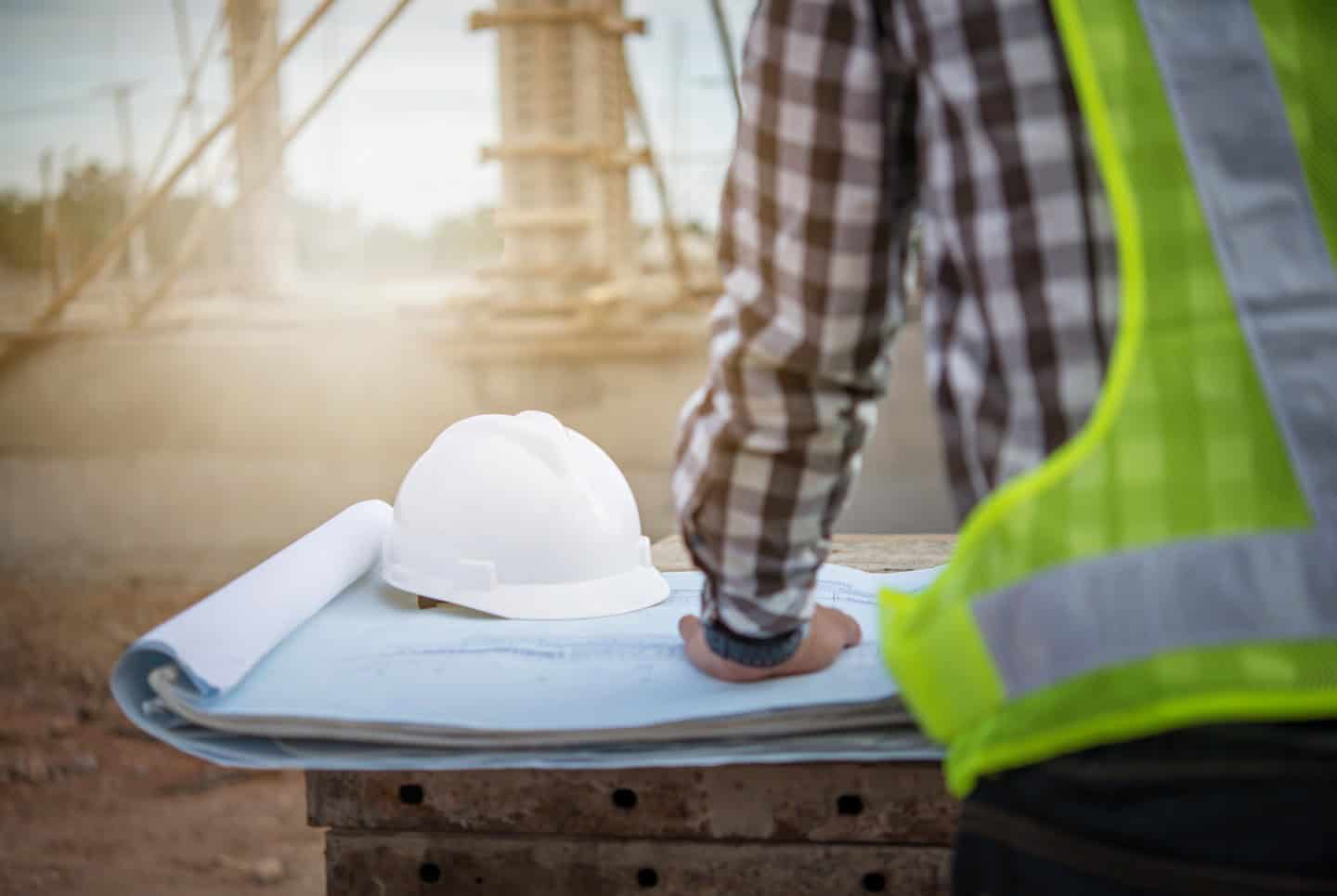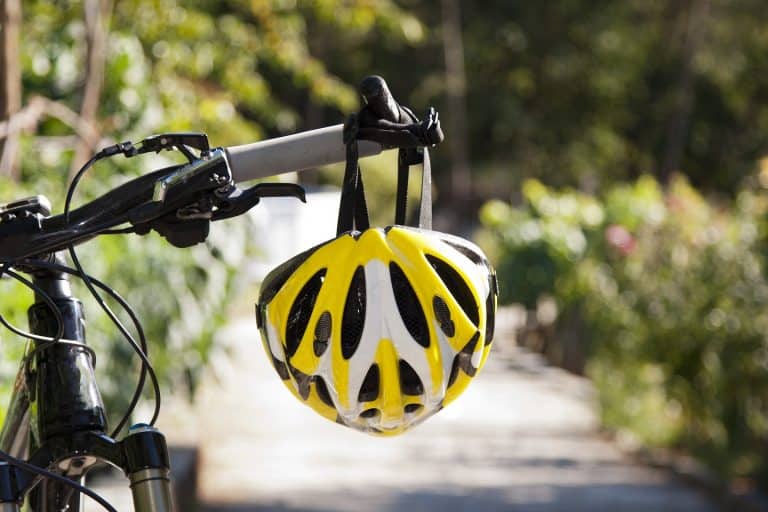
Protecting lone construction workers: What employers must do to avoid head and brain injuries
Are you a lone worker on a construction site? If so, you’re exposed to the same dangers as other construction workers – but your risk of harm is higher because you might not have immediate help if something goes wrong.
Your employer and the site’s main contractor are responsible for your safety, but they need to take extra steps to protect solo workers like you and address the unique challenges you face.
The story of one of our clients illustrates how vulnerable a lone worker can be. Our client was working alone in a temporary, L-shaped, office. From his desk he could not see the door, which he’d been instructed to keep unlocked, through which two men wearing balaclavas entered and then attacked him with an iron bar and a baseball bat, causing head, arm, and psychological injuries.
There was no CCTV, office alarm or security guard on site. Our client had not been given any training on health and safety, working alone or personal safety, either by the agency who had recruited him or the company that he was placed with at the time. Neither did they issue him with a personal attack alarm.
As it was unclear who our client’s employer was, we issued proceedings against both the recruitment agency and the company where he was placed and succeeded in recovering substantial compensation from them for his injuries.
Following the incident, both companies tightened up their health and safety training and required the office to be double-staffed.
Who is a lone worker?
The first step in ensuring your safety is recognising and acknowledging that you are a lone worker. Being a lone worker doesn’t necessarily mean you are physically alone, it means you’re working separately from your team or manager.
If you’re carrying out a task for a long time without direct supervision or colleagues nearby or within earshot, you are a lone worker. This includes anyone on a construction site or involved in construction without immediate access to colleagues or supervisors, such as surveyors, assessors, delivery drivers, engineers, installation and cleaning workers, labourers and more. The broad definition of a lone worker means that organisations might not always know who is working solo and who isn’t.
Site hazards
Construction sites are full of risks, and the impact of head and brain injuries can be severe. Therefore, it’s crucial to protect all workers from these injuries.
Hazards that are the frequent cause of head and brain injuries include falling objects, slips, trips, falls from heights, and accidents with heavy machinery or moving vehicles and equipment. Recognising these hazards is key to setting up proactive safety measures and preventing serious injuries.
To prevent head and brain injuries, your employer and main contractor should conduct a thorough risk assessment to identify potential risks and the necessary steps to mitigate them. They should, for instance:
- Identify potential falling objects and take steps to prevent them dropping.
- Check the stability of structures and ensure proper safety measures are in place.
- Evaluate the use of personal protective equipment (PPE), like hard hats, and ensure everyone is using them correctly.
- Identify potential trip hazards and take steps to reduce them.
- Assess the use of heavy machinery and ensure proper training and safety protocols are in place and followed.
- Evaluate the need for added safety measures when working at heights.
- Consider the impact of fatigue and stress on your ability to stay alert and focused.
Other hazards for the lone worker
Identifying potential risks and implementing suitable control measures to prevent head and brain injuries is vital. But organisations need to do more for lone workers. A lone-
working risk assessment could include, for example, risks posed by:
- Equipment that lone workers need to use.
- Working in confined spaces.
- Working in remote areas.
- Exposure to wiring, chemicals, or hot surfaces.
- Medical emergencies.
Organisations should also have a detailed safety policy that outlines the specific rules and guidelines related to lone working in the construction industry. It should include:
- Individual lone working and line manager responsibilities.
- Details of who is responsible for implementing safety measures.
- How to identify and report hazards or incidents.
- Step-by-step instructions to follow in an emergency.
- General safety guidance and control measures.
- Clear instructions on the use of personal protective equipment, especially hard hats, and their mandatory usage.
- Procedures for working at heights, including the use of fall protection equipment.
- Training requirements for lone construction site workers, including hazard recognition and emergency response.
- Regular safety inspections and audits to ensure compliance with safety protocols.
Site managers often use asset management software to locate all their tagged tools and machinery and these can also locate their workers, verify their location and control access to the site. They can also supply their lone workers with remotely monitored wearable devices that can raise an alarm as well as detect a fall.
Site managers and employers should check in regularly with lone workers and lone workers should always have a named contact they can call in an emergency.
Personal responsibility and emergency response
Remember, safety is a shared responsibility. While employers must ensure a safe working environment, and site managers are responsible for overall site safety, you also have a role to play in keeping safe.
If you’re employed on a temporary or casual basis you may feel under pressure to prove your worth by working more quickly and taking less care with your own safety.
Resist the temptation.
Always adhere to safety guidelines, use your PPE correctly, and report any hazards or incidents promptly. In case of an emergency, knowing how to respond can make all the difference.
Know your limits and take a degree of responsibility to maximise your own personal safety, as well as that of others. Always have a fully charged mobile phone with you and if you have a personal alarm, wear it.
Conclusion
Protecting lone construction site workers from head and brain injuries is a crucial responsibility for organisations in the construction industry. By recognising lone construction site workers, conducting risk assessments, establishing comprehensive safety policies, and promoting personal responsibility, companies can significantly enhance the safety of these workers.
It is essential for both organisations and lone construction site workers to prioritise safety, ensuring a secure working environment and preventing brain injuries.
If you or a loved one has suffered a brain injury while working on a construction site, and you believe the employer or site manager may not have taken sufficient care over safety, get in touch to see how we can help. Our specialist adult brain injury team will leave no stone unturned in our investigations.










